How Do I... Choose a Dryer?
Clothes dryers are so useful, but how do you pick the right one? An appliance expert guides you through the process
Georgia Madden
13 April 2018
In this practical series, we ask experts to answer your burning home and garden questions. Here, Colin Jones, product adviser at Appliances Online, reveals how to choose the perfect dryer to suit the needs of your household.
What are the main types of dryers?
- Vented dryers
- Condenser dryers
- Heat-pump dryers
- Gas dryers
Vented dryers
These are the cheapest type to buy, but also the least energy efficient and often the costliest to run. They work by heating an element inside the dryer to dry your clothes. The moisture from your clothes is then expelled back into the room through vents. Because of this, the dryer will need to be ducted outside or installed in a well-ventilated room. If not, mould can develop on your walls over time.
Energy-star rating: About 1.5 stars
Expect to pay: From around $300
These are the cheapest type to buy, but also the least energy efficient and often the costliest to run. They work by heating an element inside the dryer to dry your clothes. The moisture from your clothes is then expelled back into the room through vents. Because of this, the dryer will need to be ducted outside or installed in a well-ventilated room. If not, mould can develop on your walls over time.
Energy-star rating: About 1.5 stars
Expect to pay: From around $300
Condenser dryers
These have an inbuilt element that heats the air inside the dryer too, but they also have a cool condenser plate at the bottom of the dryer that sends moisture from your clothes to a water reservoir at the top left-hand side of the dryer, rather than into the room. You will need to remember to empty the water reservoir regularly.
While condenser dryers don’t require ventilation or ducting, they do still produce a small amount of moisture, so they can’t be installed behind a cupboard door.
Energy-star rating: About 2 stars
Expect to pay: From around $530
These have an inbuilt element that heats the air inside the dryer too, but they also have a cool condenser plate at the bottom of the dryer that sends moisture from your clothes to a water reservoir at the top left-hand side of the dryer, rather than into the room. You will need to remember to empty the water reservoir regularly.
While condenser dryers don’t require ventilation or ducting, they do still produce a small amount of moisture, so they can’t be installed behind a cupboard door.
Energy-star rating: About 2 stars
Expect to pay: From around $530
Heat-pump dryers
Heat-pump dryers recycle the air efficiently during the drying cycle, which means there’s no wasted heat and the air coming from the exhaust is a tempered, dry heat. They generally cost more than vented and condenser dryers, but are far more energy-efficient and cheaper to run.
Heat-pump dryers are ideal for small laundries or apartments. They also work well in laundries located in the middle of the home where outside ducting is not possible, as well as with under-bench installation, or where you want to integrate a dryer behind a cupboard door.
Energy-star rating: 6-7 stars or more
Expect to pay: Between around $730 and $1,300
Heat-pump dryers recycle the air efficiently during the drying cycle, which means there’s no wasted heat and the air coming from the exhaust is a tempered, dry heat. They generally cost more than vented and condenser dryers, but are far more energy-efficient and cheaper to run.
Heat-pump dryers are ideal for small laundries or apartments. They also work well in laundries located in the middle of the home where outside ducting is not possible, as well as with under-bench installation, or where you want to integrate a dryer behind a cupboard door.
Energy-star rating: 6-7 stars or more
Expect to pay: Between around $730 and $1,300
Gas dryers
If your home has a gas connection, consider installing an energy-efficient gas dryer. They only require a standard 10-amp power point, which generates a spark. That spark ignites a burner that then turns the bowl while drying takes place.
Gas dryers do produce a lot of moisture during the drying process though, and need to be ducted outside. Installation must be done by a qualified gas installer too. They also can’t be installed upside down in the same way as some other types of dryers.
Expect to pay: Between around $1,300 and $2,100
If your home has a gas connection, consider installing an energy-efficient gas dryer. They only require a standard 10-amp power point, which generates a spark. That spark ignites a burner that then turns the bowl while drying takes place.
Gas dryers do produce a lot of moisture during the drying process though, and need to be ducted outside. Installation must be done by a qualified gas installer too. They also can’t be installed upside down in the same way as some other types of dryers.
Expect to pay: Between around $1,300 and $2,100
What are the main things to ask yourself when choosing a dryer?
- How many people are you drying for?
- Do you need any special cycles to dry your clothes, such as woollen, delicate or sportswear cycles?
- How often are you going to use your dryer?
- How are you planning to install it – stacked, wall-mounted or behind a cupboard door, for example?
What sizes do they come in?
- Vented dryers: from around 4 to 9 kilograms.
- Condenser dryers: from around 6 to 9 kilograms.
- Heat-pump dryers: from around 7 to 10 kilograms.
- Gas dryers: from around 4 to 9 kilograms.
Which type and size do you recommend?
- For a single person who needs to wall-mount their dryer and only plans to use it occasionally, I’d suggest a basic vented dryer. A 4-kilogram unit would suffice.
- For a family of three, I’d look at a 6- or 7-kilogram dryer. If they plan to use it regularly, I’d recommend a condenser or heat-pump style.
- For a family of five or more, I’d look at a 7- to 9-kilogram capacity. Presuming the family runs several loads a week, I’d recommend an energy-efficient heat-pump dryer.
What are some of the snazziest new features I should look for?
- Some dryers can now be switched on and off from your smart phone or tablet, so it’s possible to come home to perfectly dry clothes.
- Looking to save on dry-cleaning costs? You can now find dryers that will safely dry delicates such as beaded items and woollens.
Tell us
Did you find this useful? Tell us in the Comments below. And don’t forget to like or share this story, or save the photos. Join the conversation.
More
Read more ‘How Do I…’ stories
Did you find this useful? Tell us in the Comments below. And don’t forget to like or share this story, or save the photos. Join the conversation.
More
Read more ‘How Do I…’ stories
Related Stories
Popular Houzz Series
How Do I... Choose a Coffee Machine?
Start the day right with a steaming hot brew – if you're in the market for a new coffee machine, here's what to look for
Full Story
Popular Houzz Series
How Do I... Know if My Hot-Water System is About to Fail?
Be smart to the signs that your hot-water system is in trouble and say goodbye to unexpected (and unwanted) cold showers
Full Story
Popular Houzz Series
How Do I... Automate My Home?
Passionate about technology? A home-automation system is likely to be on your wish list – here's what you need to know
Full Story
Storage
How Do I... Store My Shoes?
Storage nirvana is closer than you might think – an expert reveals some simple tips for keeping your shoes organised
Full Story
Popular Houzz Series
How Do I... Store Scarves and Other Accessories?
Scarves, jewellery and hair accessories without a proper home are all too easy to lose – here's how to store them right
Full Story
Popular Houzz Series
How Do I... Choose a Washing Machine?
Looking to buy a new washing machine? An expert reveals everything you need to know before you hit the shops
Full Story
Living Rooms
How Do I... Set-Up and Style a Bar Cart?
Bar carts are back in vogue – here's how to arrange one like a pro
Full Story
Gardening
How Do I... Stop My Fruit and Veg From Getting Sunburnt?
Sun damage isn't just an issue for people – it can damage our fruit and vegetables too. Here's how to prevent it
Full Story
Popular Houzz Series
How Do I... Grow Fruit at Home?
An expert reveals the easiest low-maintenance fruits that even a novice gardener can grow at home
Full Story
Bathrooms
How Do I... Set Up an Outdoor Shower?
An outdoor shower is not only practical, but a pleasure to use – read on for tips about creating the perfect design
Full Story

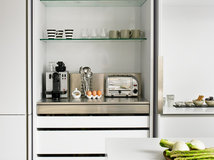

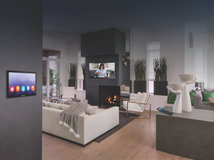

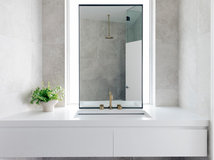
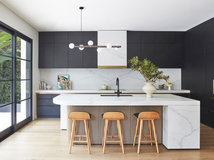

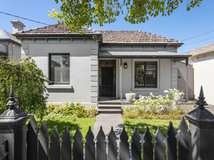

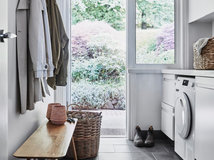

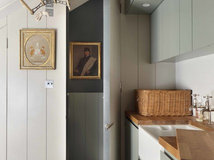
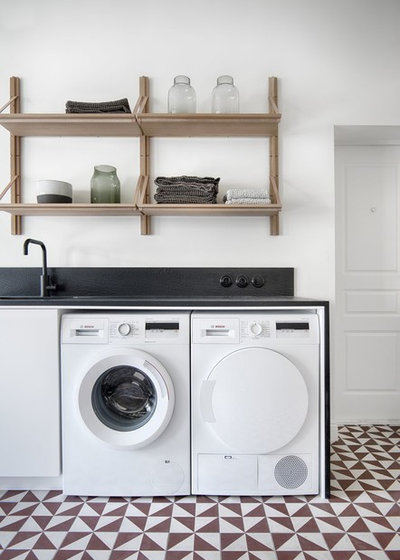
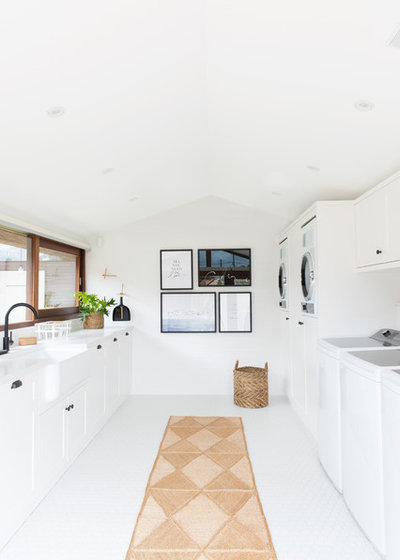
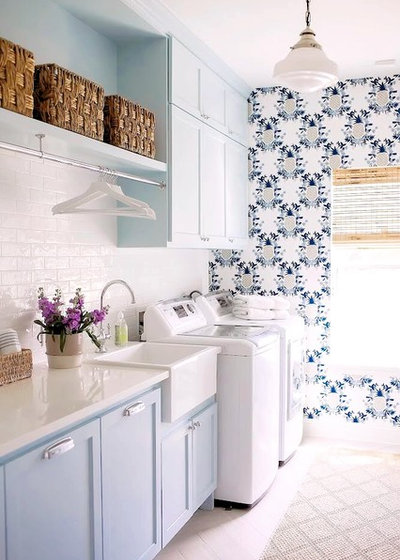
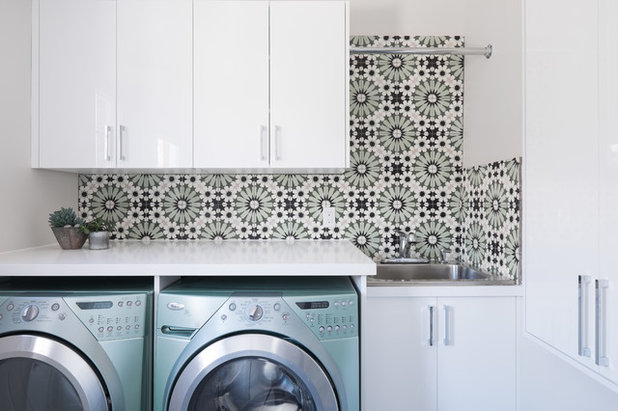
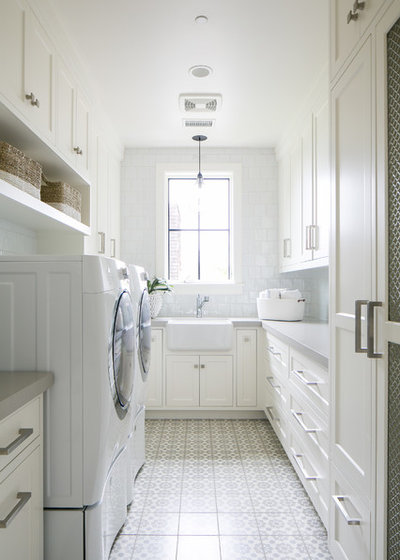
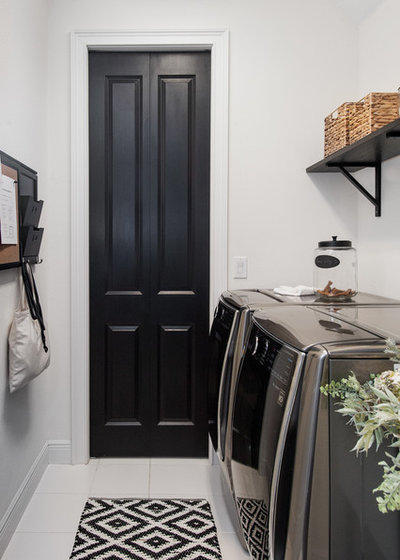
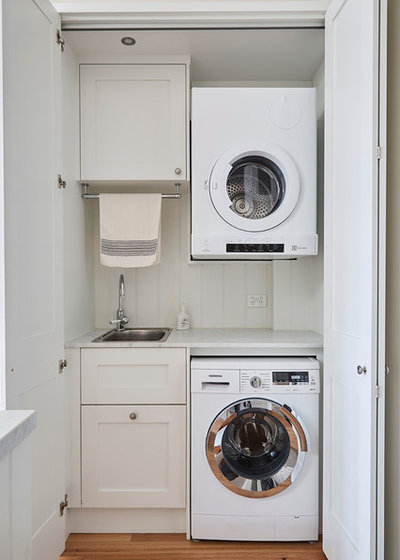
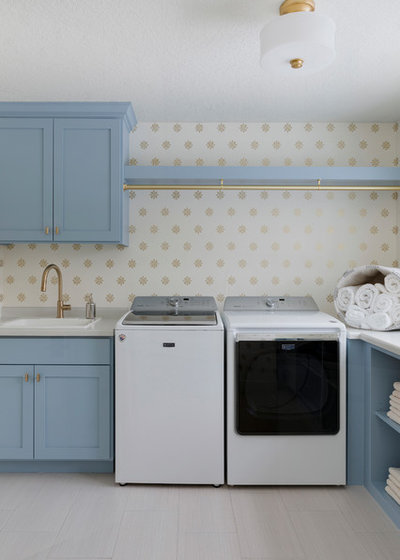
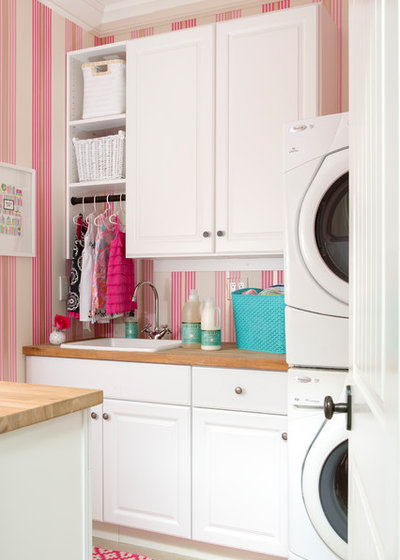
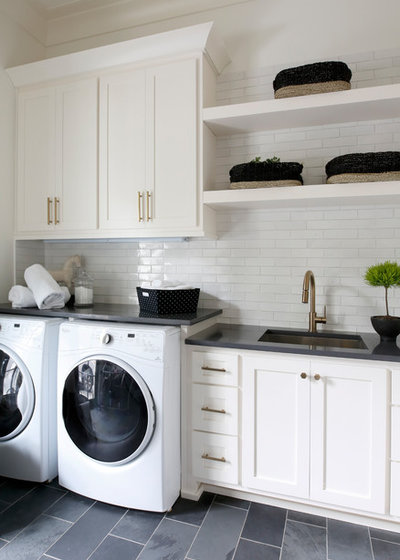

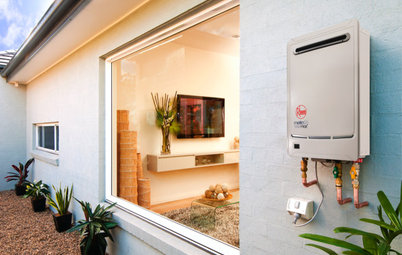
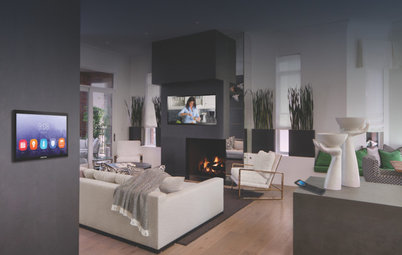
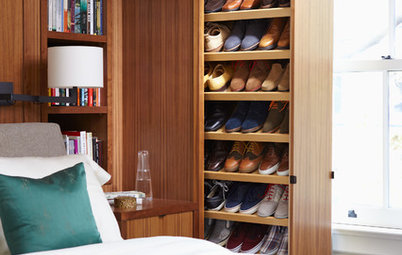
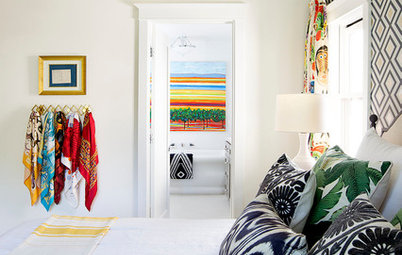
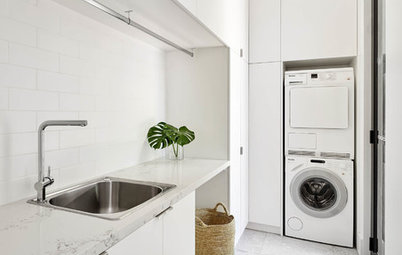
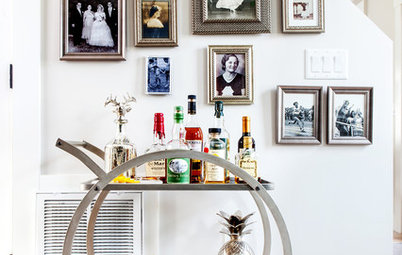

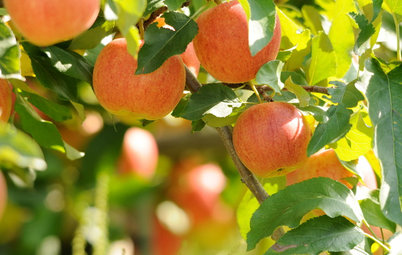
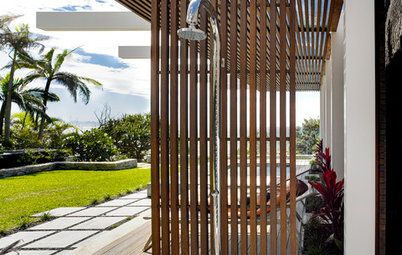
I prefer to dry my clothes on washing line like @mj3_14 and I think that all housing should plan for this!! However, at work (a small hotel) we have chosen a heat-pump one to dry the towels. Yes it takes longer and it was much more expensive to buy, but it uses SO MUCH less electricity and the laundry is no longer damp when we use it.
I use my vented drier on tumble only with no heat. It removes the wrinkles from washing cycle and allows them to line dry quicker and smoothly, so little ironing.